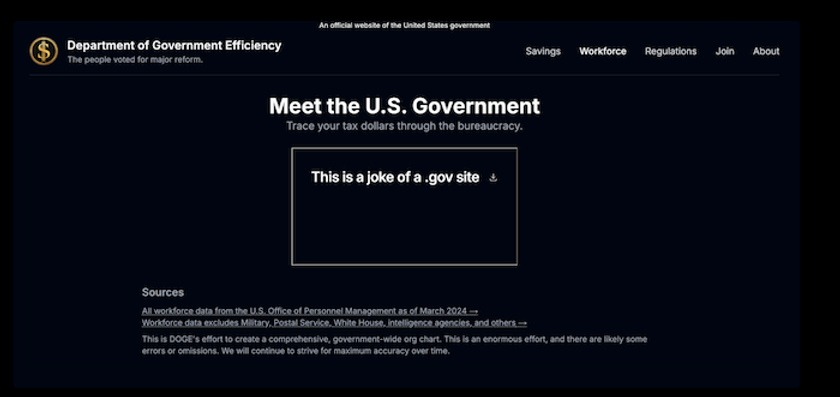The DOGE: Elon Musk’s Bold Government Efficiency Revolution
Discover DOGE, Elon Musk’s bold initiative to streamline government bureaucracy, modernize tech, and challenge the status quo. Uncover the legal battles, controversies, and cybersecurity risks behind this federal reform

The Executive Order That Launched DOGE: A New Era for Government Efficiency
In short, DOGE stands for the Government Efficiency Department, an initiative of the U.S. federal government reportedly established on January 20, 2025, by President Donald Trump through an executive order.
At the helm of this organization is Elon Musk, the controversial tech entrepreneur, billionaire, and currently the richest man in the world, whose recent right-wing statements have stunned many.
DOGE — an appellation Elon himself favors — was founded with a single aim: to reduce bureaucracy and costs within the federal government, modernize federal technology, and boost overall efficiency and productivity.
Yet, why is such a serious department now the subject of heated debate and ridicule?
The problem appears to lie in the inexperience of both Musk, the department head, and the staff. Most of the employees are young, exceptionally talented engineers in their early twenties who have little or no background in government. Despite this, they have been given enormous authority to overhaul governmental systems.
Controversies and Legal Battles: Examining DOGE’s Tumultuous Start
Some of the decisions made have raised eyebrows.
For instance, the move to abolish USAID was met with swift and severe criticism as well as legal challenges.
Musk and his DOGE team froze most agency payments and informed a significant number of employees that they were suspended, revoking their computer access. In total, 1,600 employees were placed on compulsory, paid administrative leave, and all are set to be dismissed by April 24.
On February 3, Musk took to the social platform X, writing that he had “spent the weekend putting USAID through a wood chipper.”
All of this led to a lawsuit by affected employees and a temporary injunction by Judge Theodor Chuang.
The judge ordered Musk and DOGE to restore computer access for thousands of suspended USAID employees, arguing that their attempt to shut down the agency likely violated the U.S. Constitution and harmed the public interest.
In addition, Musk’s DOGE team has reportedly secured access to the federal payment system, which in turn has given them access to private and sensitive data belonging to millions of Americans, as well as details of public contractors who are in direct competition with Musk’s companies, according to a prominent U.S. senator.
Until Musk’s arrival, such information was tightly guarded, accessible only to a few trusted officials. However, as this episode shows, nothing is sacred when it comes to Musk — or Trump — with even the private data of fellow citizens coming under scrutiny.
Several civil servants, including David Lebryk — the highest-ranking official in the Department of the Treasury — voiced opposition to these actions. They were quickly placed on compulsory administrative leave, and after 30 years of service, Lebryk retired.
The hacker’s attack
The controversies don’t stop there. To ensure transparency, a DOGE website (doge.gov) was launched, only to become the target of recent hacker attacks. These breaches have raised serious concerns about the security and reliability of the department’s digital infrastructure.
In one instance, to demonstrate security flaws, a programmer inserted test entries into the database that later appeared on the live site. The programmer wrote, “This is a joke of a .gov site,” highlighting the vulnerabilities that allow anyone with basic IT knowledge to alter the site’s data at will.

Conclusion
As this article shows, even the best ideas can lead to disastrous outcomes if executed poorly.
The concept of reducing costs and modernizing the U.S. government is indeed promising, but when unqualified individuals, who secured their positions through wealth or connections, are entrusted with matters of national importance and security, the results are inevitably disappointing.
It was hardly expected that DOGE, under its current leadership, would achieve much beyond its own controversies. A plan as extensive and sensitive as reducing state bureaucracy demands a level of expertise that seems to be sorely lacking.
https://cryptonftworlds.blogspot.com/2025/03/white-house-chaos-signal-chat-error.html
If you want to support my work, buy me a coffee for $1 by clicking the link below. This is a small amount for you, but this means a lot to me!
Greetings, and until my next article!
Neo77
















